High-yielding hybrid of currants and gooseberries - Yoshta: planting and care
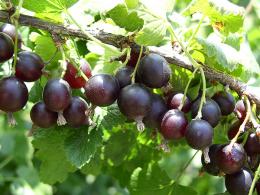
Yoshta or Kroma is still an unfamiliar culture. Even though it was first obtained several decades ago. The main goal in breeding yoshta was to obtain a high-yielding and very stable crop. And the breeders completely succeeded.
Content:
- Description of Yoshta
- Growing conditions and planting
- Basic care measures
- Yoshta Reproduction
- Using yoshta berries
Description of Yoshta
Yoshta is a fruit shrub of hybrid origin, obtained by crossing black currant and gooseberry. The main purpose of obtaining this hybrid was to improve the yield of black currants. Also, getting rid of gooseberry thorns was a priority. From a botanical point of view, yoshta is a perennial shrub-type plant. It is characterized by powerful and widely spreading bushes and very intensive growth rates.
The height of individual shoots of this shrub can exceed 1.5 meters. The depth of the root system does not exceed 40 cm. The leaves are dark green. The shape resembles currant leaves, but unlike them they do not have a characteristic odor. They remain on the branches until late autumn.
Yoshta fruits are black in color with a characteristic purple tint. Found in brushes consisting of 3 or more pieces. The taste of yoshta berries is sweet and sour with a characteristic nutmeg aftertaste.The average weight of berries is about 3 grams. When ripe, unlike black currants do not fall off, but remain on the branches for a long time. The average lifespan of yoshta bushes is about 20-25 years.
Growing conditions and planting
Open sunny areas with fertile soils are best suited for growing yoshta. When placed in partial shade, even light shade, yields are significantly reduced. Yoshta seedlings can be planted both in spring and autumn. The bushes are placed in rows, the distance between which should be at least 2 meters.
Planting holes must correspond to the size of the roots. Bending and curling of the roots is unacceptable. Before planting, water is poured into the hole in an amount sufficient to prepare mash. When planting, the root system of the seedling is dipped into it. Using a mash allows you to achieve a tighter fit of the soil to the roots of the plant.
When choosing a place to plant yoshta, preference should be given to those areas where there are bushes nearby gooseberries and currants. The benefits of such a neighborhood will be obvious. Productivity will increase both on the yoshta itself and on currants and gooseberries.
Basic care measures
Growing yoshta is not much different from growing currants or gooseberries. The soil under its bushes should be mulched. This will help maintain humidity at an optimal level. Mulch will also avoid loosening the soil after each watering. For 1 yoshta bush, 1 bucket of mulch is enough. Humus, compost, peat or sawdust can be used as mulching material.

Yoshta bushes do not require any special pruning or shaping.It is enough to simply remove diseased and damaged shoots. This crop is responsive to fertilizer application. Yoshta needs to be fed annually 2 to 3 times per season. In spring, half a bucket of humus and about 30 g of superphosphate are used for feeding. They are mixed and applied under the bushes. The same mixture can be used as autumn feeding, only now it is advisable to add 20 g of calcium sulfate to it.
For those who like to conduct organic farming without the use of chemicals, we can recommend it as a spring feeding infusion of mullein or bird droppings. In summer and early autumn, you can use 0.5 cans of wood ash for each square meter of planting. With good care, in the 2nd or 3rd year of cultivation, the yoshta will begin to bear fruit.
Yoshta Reproduction
Like any other shrub, yoshtu can be propagated vegetatively. But it must be taken into account that different varieties of this crop also have different methods of reproduction. For example, some reproduce very easily with the help of root shoots, while others hardly form them, but their cuttings take root well.
Video
To propagate yoshta by layering, well-developed one or, at least, two-year-old shoots are used, which are pressed to the ground in the spring and secured in this position with wooden or metal pins. The places where the shoots come into contact with the ground are covered with soil.
To maintain humidity soil at the proper level, the cuttings need to be watered periodically. When favorable conditions are created, rooting occurs after 1 or 2. After which they can be separated from the mother plant and planted in a permanent place. Yoshta can also be propagated using cuttings.
They are harvested in winter from healthy, well-ripened annual shoots. Their length should be at least 15-20 cm. After cutting, they are placed in a container with water for 1.5-2 hours. Then they are tied into bundles, wrapped in a plastic bag and put away in the vegetable compartment of the refrigerator until spring. In the spring, after the snow melts, the cuttings are planted in semi-shaded places and covered with cut plastic bottles. Rooting occurs quite quickly.
Using yoshta berries
Yoshta fruits can be consumed both fresh and used for preparing various preparations. They are especially well suited for various fruit drinks, jams, compotes and marmalade. In addition to the pleasant taste, yoshta fruits also have some medicinal properties.
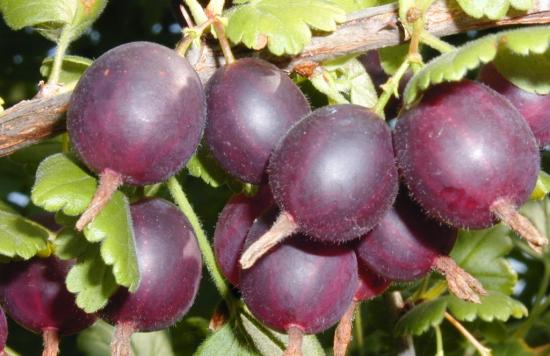
They have the ability to alleviate various gastric diseases, they also help improve blood circulation and perfectly remove various toxins and heavy metal salts from the body. Yoshta is quite widely used and in landscape design. For example, it would make an excellent hedge.
Also, yoshta bushes can be used to create separate compositions or be included in existing ones. Growing yoshta on your own plot is quite simple. This shrub does not have high requirements for growing conditions and does not require complex care.

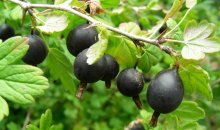
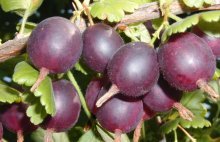
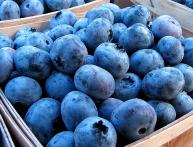
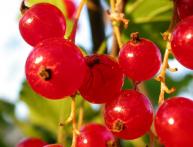

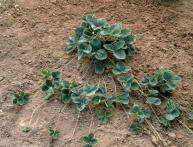
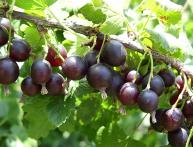
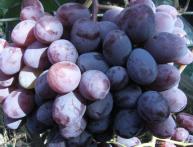
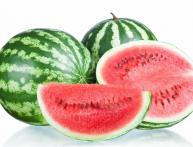
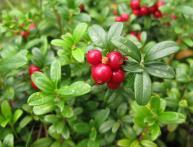
Comments
This is the first time I’ve heard about this variety of blackcurrant. And after reading the article I immediately wanted to have such a beauty on my property. From the article I understood that the shrubs are unpretentious and, with proper care, produce good fruit.
It didn’t take root with me, it sat for two years with two leaves, then I transplanted it to another place, it seemed to grow, but there was no harvest for 3 years, in the 6th year I threw out a couple of berries, to be honest, I didn’t really like the taste, I’m even thinking about digging them up and still plant ordinary currants.